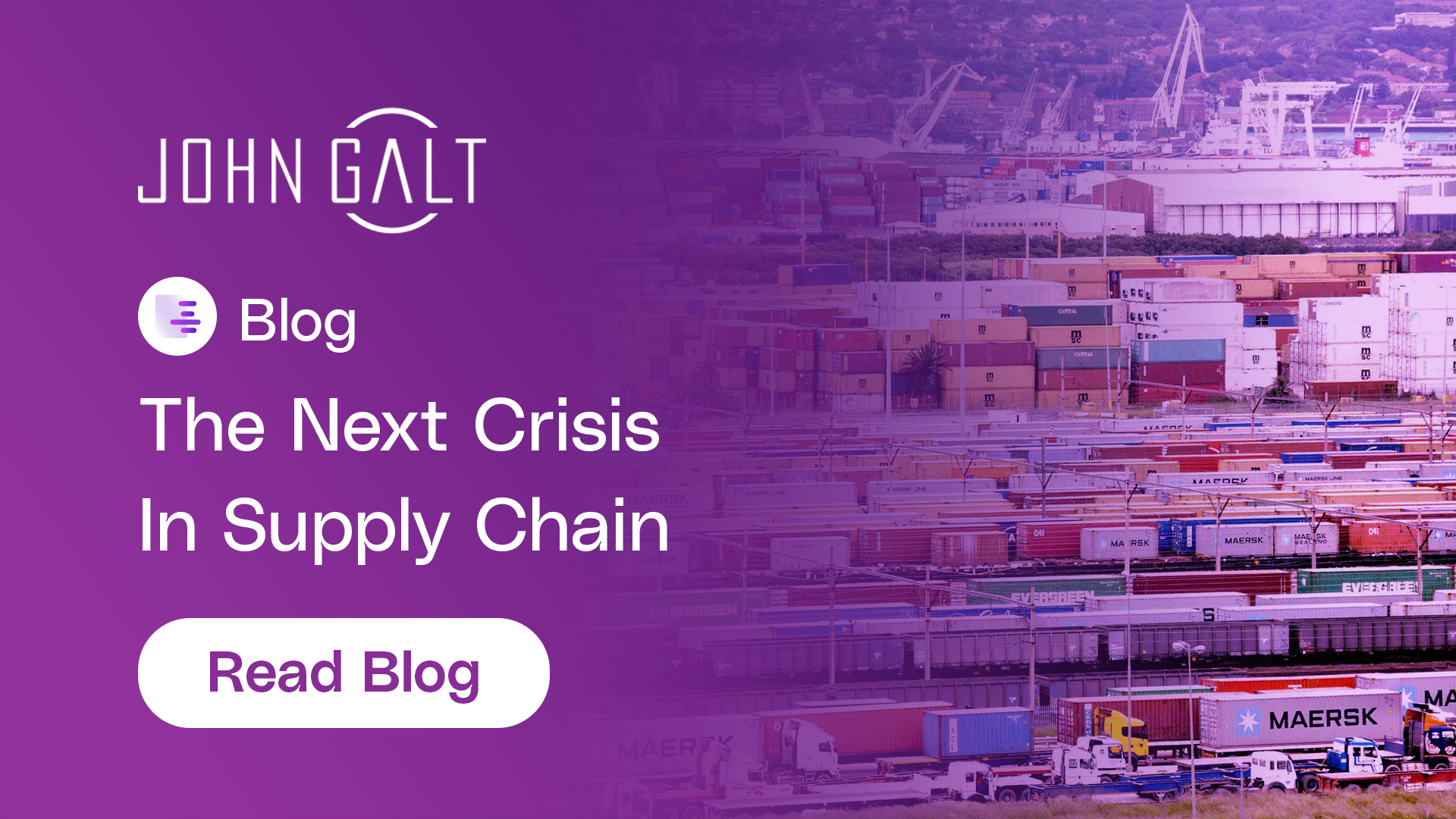To everyone’s dismay, supply chain bottlenecks have severely jammed things up around the globe. Scarcity of resources, ranging from cargo containers to transport drivers, raw materials and everything in between, has made it brutally difficult to meet the unprecedented wave of soaring consumer demand. It’s a dramatic script not even Hollywood could have thought of (well, maybe but they would have added aliens to our mix of challenges). So far this year, US consumer prices have risen over 6%—the fastest increase in more than three decades. Inflation is hovering above 5%, more than twice the Federal Reserve’s target.
Along with skyrocketing e-commerce sales (in late 2021 consumer buying generated almost five million more packages each day than retailers could easily deliver), supply chain turmoil contributes to inflationary pressure by hampering our ability to meet this overwhelming surge.
Download the white paper, Five Tips for Forecasting Uncertain Demand
Effective demand forecasting is a demanding activity based on a branch of mathematics - statistics - that’s nonintuitive to most laymen. Gartner’s supply chain benchmarking research shows that best-in-class companies can achieve forecast accuracy of eighty percent or higher...
If consumer behavior normalizes swiftly, the next supply chain crisis might just be a plague of too much of everything.
Even as supply chains battle crippling shortages today, it’s wise to maintain a spirit of optimization vigilance, backed by some healthy “what-if” scenario analyses. We need to keep a step ahead of any potential 2023 inventory overshoot and inoculate ourselves against its potentially crushing impact on products, sales, and profitability. In the “too much of everything” scenario, we could see a big bounce-back in spending on travel and restaurant dining. Normal financial pressures that have been temporarily suppressed by lockdowns and stimulus checks may re-emerge. To detect evolving consumer behaviors and patterns as early as possible, we’ll need to deploy effective demand sensing tools before we hit a surge in consumer returns. Thoughtful promotions and marketing programs can help reshape demand for greater certainty. New product introductions can make maximum use of excess raw materials. Postponement strategies can help mitigate excess inventory that may build up at the raw material, work-in-progress, or finished goods stages. Lower order reliability can result in stranding the “wrong” type of inventory at different nodes and produce a ripple effect felt across the entire supply chain. Countering this requires a strong collaboration between the CFO and the CSCO.
Supply chain variability and complexity are not going away. Understanding their financial impact is going to be crucial. At the 30,000-foot level we must be agile in rebalancing our network design and modeling the expected impacts of inflation, higher commodity prices, tax policies, cash flow decisions, low-cost sourcing options, and other financial factors. Taking time to ask these questions now will help us end our Year of Living Dangerously by charting the best course through an ocean of unprecedented turbulence.



